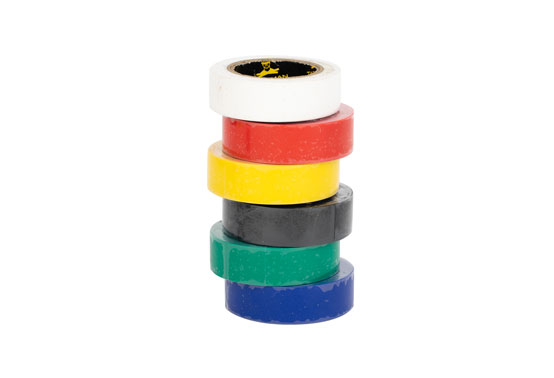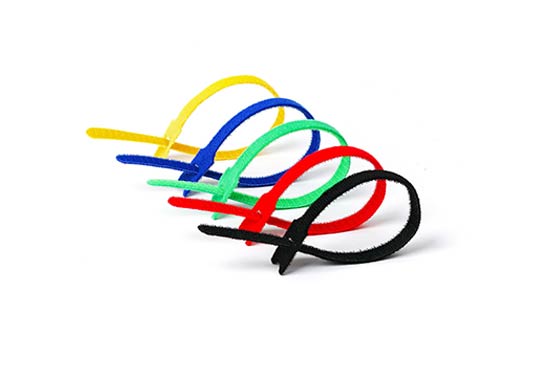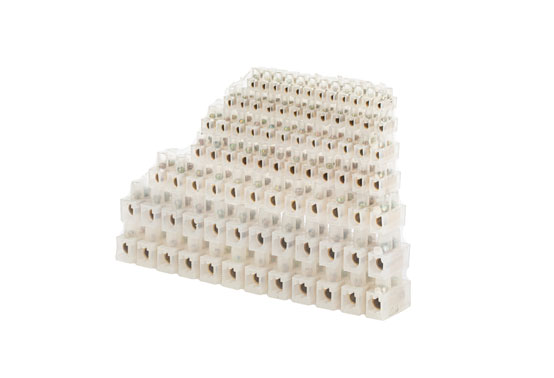Tel
0577-62795555
Tel
0577-62795555
Most plastics you come across won't shrink when heated. As a result, there has to be something that allows heat shrink tubing to do this. This is caused by cross-linking, the process of exposing the polymer to radiation. By doing so, covalent bonds are formed between the atoms of the polymer. Generally, general purpose materials will satisfy most needs. The most popular material is polyolefin. It can be used unless the requirements have special considerations. Here are some things to keep in mind when choosing heat shrink tubing tubes.
1. Diameter of heat shrinkable tube. It is important to use heating heat shrink tubing that has a final shrink diameter smaller than the item the sleeve is going through. Simply put, you don't want to fully shrink the tube. The sleeve should fit snugly against the object, which is not possible if the object is smaller than the final shrink diameter. Modern heat shrink tubing is available in a variety of thicknesses. Thicker walls provide better stiffness, wear resistance, and the ability to withstand wear. If you don't need this extra protection or sturdiness, thinner casing walls can be used. Each of the available sleeves has a different degree of flexibility. Higher rigidity sleeves are a good choice for stress relief on terminals or connectors. Here, reducing twist is the goal of heat shrink tubing. When the sealing ability is properly applied, heat shrink tubing will seal the interface between the tubing and the object. If sealing is an important factor, choose a material that can withstand a variety of contaminants. Some tubes include a fusible or adhesive inner layer for applications that require an excellent level of sealing. Standard tubing will provide an adequate seal in most cases, but adhesive-lined tubing takes this a step further.
2. Shrinkage temperature. The recommended shrinkage temperature for most polyolefin materials is about 90°C. However, other materials such as Teflon can shrink up to 250 degrees Celsius. The most common way to shrink heat shrink tubing onto something is to use a small handheld heat gun. However, if the volume is larger, the preferred method of shrinking the pipes is a flow-through oven. This method will expose the pipe to sufficient heat evenly for a sufficient period of time to help ensure complete recovery of the pipe. Another method some people use is to focus the light. This is emitted by a halogen bulb, and once the desired temperature is reached, the pipe shrinks.



